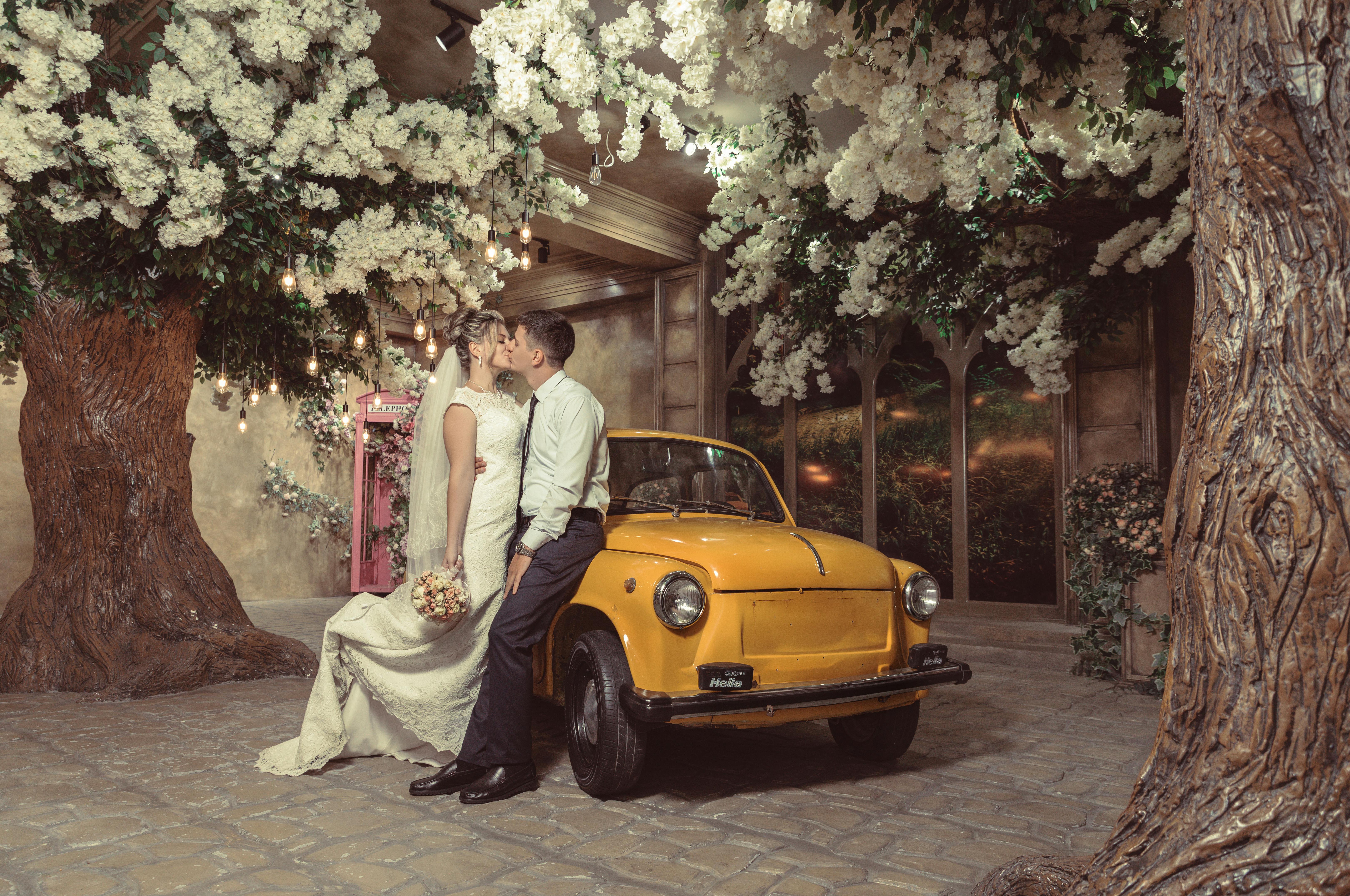The first President of the Royal Academy, Sir Joshua Reynolds, delivered fifteen speeches over a period of 18 years to the Academy’s student body and faculty. Orated in 1769 at the opening of the Royal Academy, the first Discourse introduces progressive advice on the subject of Art. The entirety of Reynolds’s Discourses summarizes the understanding of an adept in his field. Rich in useful ideas and moving analogies, it is clear that he possessed an intellect of the first order with which he described the practical mechanics of painting. The lectures, analyzed, have great relevance for today’s artists and, for this, a careful synopsis of the entire speech will clarify and elucidate its key points.
The first Discourse is structured around the theme of diligence. Reynolds opens with words of praise for the reigning monarch and illustrates the need for the British Empire to have “an ornament befitting its greatness”, that is, an Academy of Art. With the usual platitudes fulfilled, Reynolds goes on to define his notion of the purpose of the Academies, namely, “to furnish men capable of directing the student” and to be “a repository of the great examples of the Art.” These statements exemplify Reynolds’s conception of the Academy’s primary function, its means, and its ends. Lamenting Britain’s loss of potentially talented artists, Reynolds reasons that it was due, in part, to the lack of an Academy and the works of art for which the Academy would be the repository. He elaborates with a beautiful soliloquy placing the emphasis of art instruction primarily on tangible examples of great art in preference to tutorial direction. Reynolds adds;
“How many men of great natural ability have been lost to this nation for lack of these advantages! They have never had the opportunity to see such masterful efforts of genius, which at once ignite the whole soul. Raffaelle, it is true that they did not have the advantage to study at an Academy, but all of Rome and the works of Michelangelo in particular were for him an Academy.On sight of the Sistine Chapel, immediately, in a dry, Gothic and even insipid way, he assumed that great style. painting, which improves the partial representation by general and invariable ideas of nature”.
Sir Joshua resolves his position by explaining that an academy should not force a strange attitude on the student, because such a forceful attempt will have the opposite effect, that is, it will prevent the student from adopting a point of view that he is not prepared to accept. Rather, in Reynolds’ view, an academy should be an environment in which a student can adopt particular views and practices that are compatible with his or her particular outlook and aptitude. Speaking on the subject he comments;
“Every seminar of learning may be said to be surrounded by an atmosphere of floating knowledge in which every mind can be imbibed in some way according to its own original conceptions. The knowledge thus obtained always has something more popular and useful to it than that which it is imposed on the mind by private precept.”
Having said this, Sir Joshua makes an aside of warning. Looking at the fact that the Continental Academies had collapsed in time, Reynolds describes the distinctive quality of the London Academies and their saving grace by adding;
“As these Institutions have so often failed in other nations, and it is natural to think with regret how much could have been done, I must allow myself to offer some suggestions, by which such errors may be rectified… Professors and Visitors may reject or adopt as they see fit” (ie) “It won’t be like it’s been in other schools where the one who traveled the fastest only got further off the right track.”
What exactly was Reynolds’ idea of the right path? This he defined as an adherence to the “Rules of the Art established by the practice of the Old Masters”. On this basis, he enters the students of the Royal Academy to consider the works of the Old Masters as the highlight of Artistic instruction, advising them that they should use; “those models as perfect and infallible guides; as subjects for their imitation”. Continuing on the theme of “the correct way”, Sir Joshua said some very strong things in defense of the Rules of the Art, in effect relegating those unversed in the procedure of The Rules, to the waste of mediocrity. In this capacity, Reynolds was a fervent advocate of the need for careful and disciplined practice along the lines of the Old Masters. Sir Joshua regarded this as the touchstone of the Art instruction, adding;
“Every opportunity must be taken… to discredit that false and vulgar opinion that the Rules are the shackles of genius; they are shackles only for men without genius; like an armor that for the strong is an ornament and a defense, for the stronger…weak…becomes a burden, and paralyzes the body it was created to protect.”
When Reynolds buys it outright, he adds that “the rules may be dispensed with. But let’s not tear down the scaffolding until we’ve got the building up.” This analogy implies that before a student can advance to a level consistent with the Old Masters, he must first acquire a thorough understanding of the “Rules of the Art.” The remainder of Reynolds’ first speech centers on his admonition that he quoted that he deviated from the “right path” by failing to properly observe the “Rules of the Art”, resulting in the collapse of academies in other nations. . In this regard, Sir Joshua advises the teaching faculty of the Academies to be vigilant against the tendency of their young students to seek a shortcut to excellence. The expedient to which he refers is to bypass the hard and painstaking craftsmanship by unearthing the great effort involved in its regular maintenance and monitoring. Reynolds further explains that the student is;
“Terrorized at the prospect before them of the work required to achieve accuracy. The impetuosity of youth is disgusted by the slow approaches of a regular siege, and wishes… to find a shorter path to excellence, and hope to obtain the reward of eminence by means other than those prescribed by the indispensable rules of art… there is no easy method to become a good painter”.
Reynolds defines the short cut for students as the desire to acquire; “a lively grasp of the chalk or pencil” that “they will find no great effort to achieve” and “after much time spent in these frivolous pursuits the difficulty will be to withdraw; but then it will be too late and there is scarcely an example of return to the scrupulous work after the mind has been corrupted and deceived by this fallacious dominance.” There is an obvious touch of irony in Reynolds’ use of the word “mastery” in this context. As a fitting contrast to those students who would seek mastery through less assiduous means, Sir Joshua proceeds to outline the difference between the short cut and the labor intensive exerted by the Old Masters in the production of their Art.
“When we read the lives of the most eminent painters, every page informs us that no part of their time was spent in dissipation. When they conceived a subject, they first made a complete drawing of the whole; after that a more correct drawing of each part separately, – heads, hands, feet and pieces of clothing; then they painted the picture, and after all retouched it from life.
Reynolds goes on to explain how the effect of all this work underpins a result that just seems effortless in the finished painting. This appearance of ease serves to conceal the great efforts applied by the Old Masters to the task of painting, and deceives the eye and intellect of the student into believing that a quick path will obtain an equal result. This, Sir Joshua explained, is a wrong conclusion, which seduces the student into following a route that does not reach the intended destination. Sir Joshua watches; “The images thus forged with so much pain now seem like effects of enchantment… as if some mighty genius had struck them down.” He recalls that this current caution is related to Reynolds’s desire to avoid the source of other Academies’ failure. Driving the point home even further, Sir Joshua pleads with his students to avoid what he considered the main flaw of; “the methods of education followed in all the Academies”. Reynolds proposes that a student must first learn to draw exactly what he perceives, because otherwise he will risk repeating the mistakes of students at failed academies. Such students, Reynolds claims, added extraneous artifacts to the subject matter, artifacts that, when provided by the imagination, served to distort the very structure of visual form. Placing his case eloquently, Reynolds asserts;
“The mistake is that students never draw exactly from the living models before them. They change the shape according to their wavy and uncertain ideas of beauty, and draw one more picture of what they think the figure should be.” , that from what it seems… grace and beauty… was not acquired by the ancients, but by an attentive and well-compared study of the human form”.
Sir Joshua advances the pre-eminence of drawing, with an eye for precision, by giving as an example a particular drawing by Raphael, entitled ‘The Dispute of the Sacrament’. In this drawing, Reynolds points out that by depicting the shape of a hat on the heads of different figures, Raphael does not deviate from the path of correct drawing; “even at a time when he was allowed to be at the highest point of his excellence”. Delving into the subject of precision and faithful observation, Reynolds begins to wrap up his seminal speech to the Royal Academy. Pleading his audience, in the most delicate and simple manner, that he consider the importance of diligent application to the task of acquiring the skills of true and accurate drawing. This, as has been shown, was Reynolds’s conception of the basis of successful painting, which he elaborated into a “Rule of Art”, which he envisioned as the principle that would save the Royal Academy from decay. Reynolds explains that;
“This scrupulous accuracy is so contrary to the practice of the Academies, that not without great deference, I allow myself to recommend to the consideration of the Visitors, and submit to them, if neglect of this method is one of the reasons why students to They often disappoint expectations and being more than boys at sixteen become less than men at thirty”.
As a final testimonial to the great and evident concern expressed by Reynolds for the well-being of his students and of the Art in general, Sir Joshua ends his first Discourse with a poignant personal sentiment. This being Reynolds’s last recorded word in a lecture on the subject of art for almost a year, Sir Joshua considers the future course of the Academy, envisioning its potential to help develop civilization towards a new Renaissance, he states;
“Let me indulge my wishes and express my hope that this institution may live in Arts with that of León Decimo; and that the dignity of dying Art… may be revived.”
With these moving words, Reynolds concludes his first Address to the Students of the Royal Academy.



Recent Comments